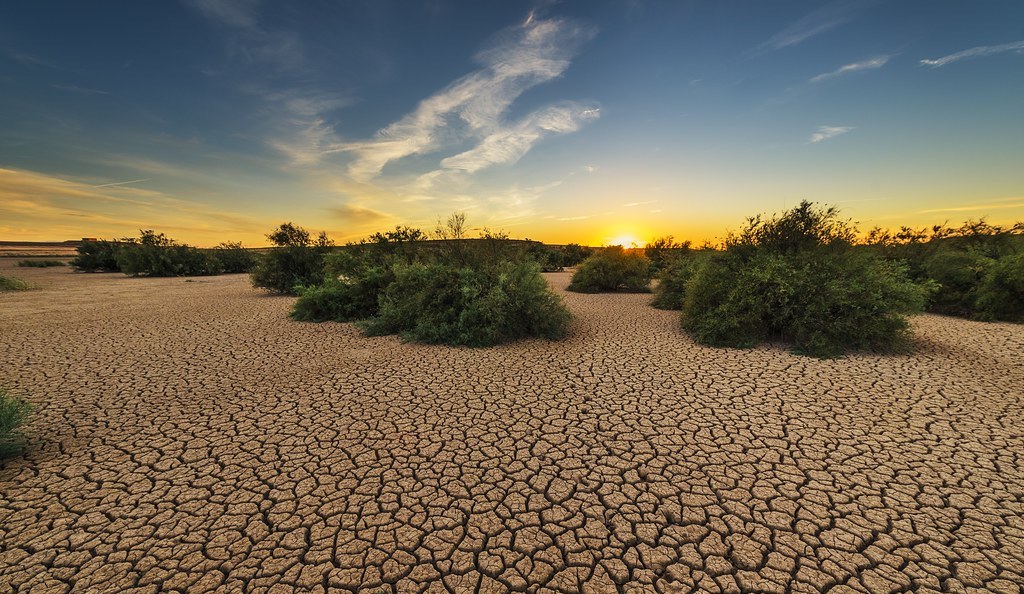
Water, the elixir of life, is a fundamental resource crucial for sustaining ecosystems, supporting agriculture, and nurturing societies. However, water scarcity and drought have become pressing challenges worldwide, affecting billions of people and threatening food security, economic stability, and environmental sustainability. In Uganda, a country rich in natural resources, the specter of water scarcity looms large, exacerbated by climate change, population growth, and inadequate infrastructure. Yet, amidst these challenges lie opportunities for innovative solutions and sustainable management practices to ensure water security for current and future generations.
Uganda, often referred to as the “Pearl of Africa” for its stunning landscapes and diverse wildlife, faces significant water scarcity issues, particularly in rural areas. With a rapidly growing population and increasing demands for water across various sectors, the strain on available water resources has intensified. Moreover, recurrent droughts, erratic rainfall patterns, and environmental degradation further exacerbate the situation, leaving communities vulnerable to water shortages and food insecurity.
The consequences of water scarcity and drought in Uganda are far-reaching, affecting not only human populations but also ecosystems and biodiversity. Rural communities, heavily reliant on agriculture for their livelihoods, bear the brunt of water shortages, experiencing reduced crop yields, loss of livestock, and diminished access to clean water for drinking and sanitation. Additionally, ecosystems suffer as rivers dry up, wetlands shrink, and habitats degrade, threatening the survival of flora and fauna dependent on these water sources.
Several factors contribute to the challenge of managing water scarcity and drought in Uganda. Inadequate infrastructure, including limited storage facilities and inefficient irrigation systems, hinders the efficient utilization and distribution of water resources. Furthermore, institutional barriers, such as fragmented governance structures and limited capacity for integrated water management, impede coordinated efforts to address the root causes of water scarcity and implement sustainable solutions.
Despite these challenges, Uganda has demonstrated a commitment to addressing water scarcity through innovative approaches and partnerships. Community-led initiatives, such as rainwater harvesting systems and water conservation projects, empower local populations to manage water resources sustainably and build resilience to droughts. Furthermore, investments in water infrastructure, including dams, reservoirs, and water treatment plants, enhance water availability and accessibility, particularly in underserved areas.
Advancements in technology offer promising solutions for mitigating water scarcity and improving drought management in Uganda. Remote sensing tools, coupled with data analytics, enable accurate monitoring of water resources, including groundwater levels, river flows, and soil moisture content, facilitating informed decision-making and early warning systems for droughts. Additionally, mobile applications provide platforms for sharing information, promoting water conservation practices, and facilitating community engagement in water governance.
Achieving water security in Uganda requires not only technological innovation but also a shift towards sustainable practices and behavioral change. Education and awareness campaigns play a crucial role in promoting water conservation, efficient water use, and the protection of water sources. By instilling a culture of stewardship and environmental responsibility, communities can contribute to preserving water resources for future generations and mitigating the impacts of droughts.
Its therefore worth noting that water scarcity and drought pose significant challenges to Uganda’s development and sustainability, threatening livelihoods, ecosystems, and food security. However, through proactive measures, innovative solutions, and collective action, Uganda can overcome these challenges and build a more resilient water future. By investing in infrastructure, harnessing technology, promoting sustainable practices, and fostering community participation, Uganda can ensure equitable access to water resources and safeguard the well-being of its people and environment for generations to come. As the “Pearl of Africa” shines brightly, let us work together to ensure that its waters flow freely, sustaining life and prosperity for all.


